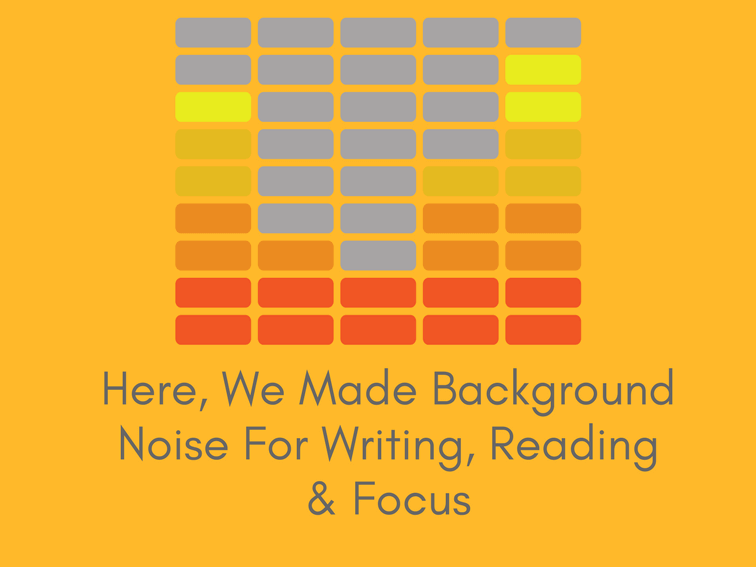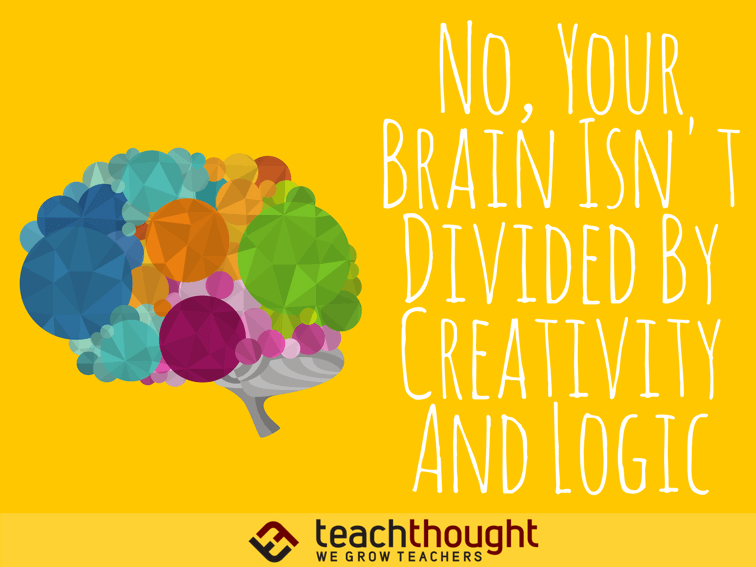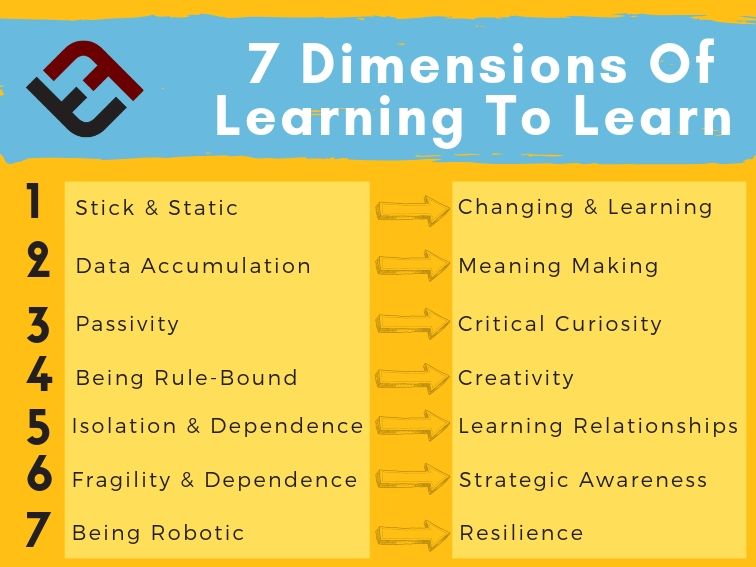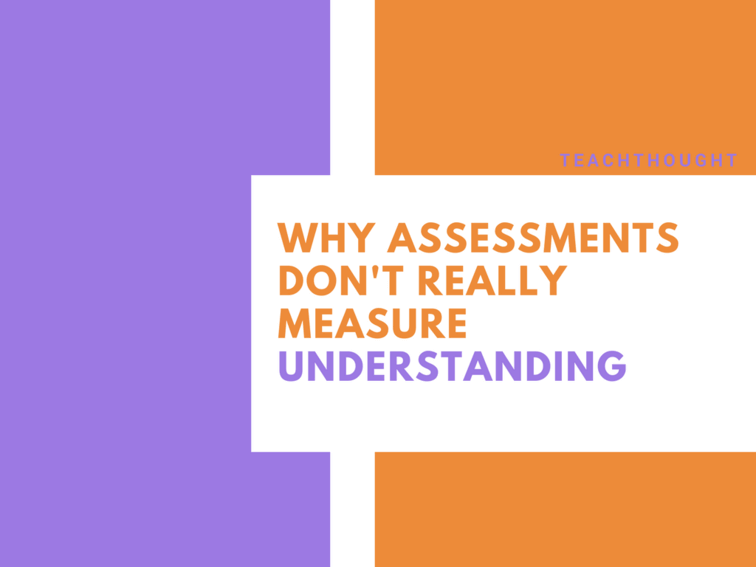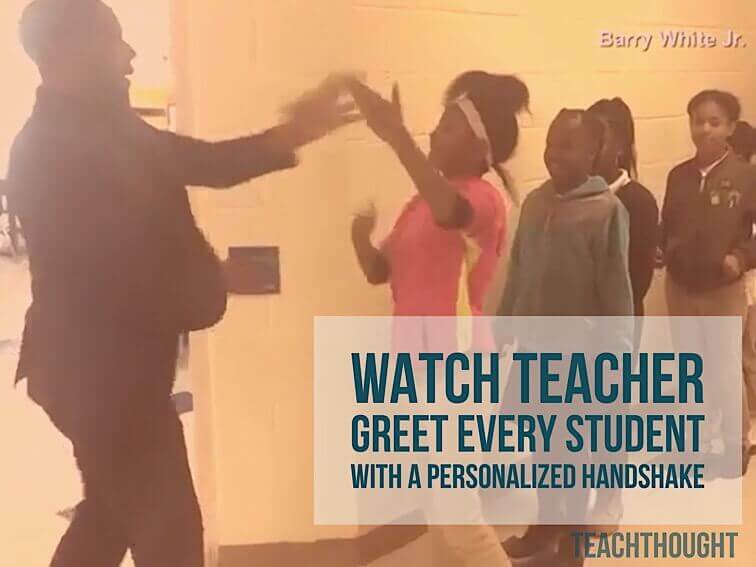What Is The Cognitive Load Theory? A Definition For Teachers
What Is The Cognitive Load Theory? A Definition For Teachers Read More
The Cognitive Load Theory is built on the premise that the brain can only do so many things at once and need to plan lessons accordingly.

